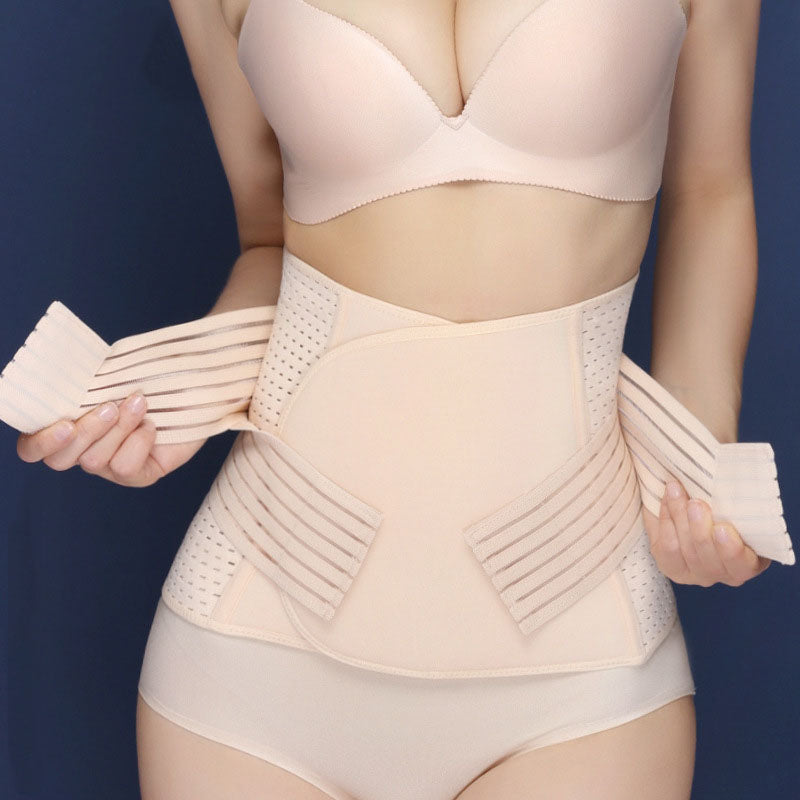
What is a Postpartum Belly Wrap?
Share
Pregnancy changes your body and it can take time to recover. Some women use a postpartum belly wrap after having a baby to help their muscles.
Studies show that wraps or binders might help with pain and healing after a Cesarean section. They might also help support your organs and muscles as they move back into place after having a baby.

Benefits of Postpartum Belly Wraps
Postpartum belly wraps are sometimes called a belly band or a belly binder. Doctors suggest binding after major abdominal surgery, including after a Cesarean section. There are benefits to using an after-birth belly wrap.
-
These include:
-
Helps relieve pain
- Helps you get moving
- Helps increase blood flow
- Helps muscles and incision heal
- Lowers swelling from surgery
- Helps with posture
Supporting your pelvic floor. Your organs move and change during pregnancy to make room for a growing baby. During pregnancy, hormones also make your pelvic floor muscles relax. This can cause you to leak urine after having a baby.
Using a postpartum belly wrap can offer some compression to gently hold your muscles in place as your body heals.
Diastasis recti. During pregnancy, the two large muscles that run down either side of your stomach area split apart as your uterus expands and pushes against them. This is called diastasis recti. Usually, your separated stomach muscles will go back into place on their own by eight weeks postpartum.
Using a wrap can compress and support your muscles as they move back into place. A postpartum belly wrap isn’t a cure for diastasis recti. If you still have an obvious gap between your muscles after eight weeks, you may have a condition called diastasis recti.

Types of Postpartum Belly Wraps
There are many different types of belly wraps available, but not all of them are the best type to use after you have a baby.
Elastic wraps. The best kind of postpartum wrap is made of soft, elastic fabric. It should be flexible enough that you can breathe easily and move and shift. It should be long enough to comfortably wrap around your hips and your abdomen. You can buy an elastic wrap or you can use a long piece of cloth.
Support belt. You can find adjustable support belts available. These may be helpful for your hips and back to support good posture and sore muscles. Both good posture and hip support can help strengthen your pelvic floor.
Shapewear. Some shapewear companies make compression garments just for pregnancy and postpartum. These are elastic but tight enough to compress. Choose your style carefully, though. Some full body suits or high-waisted underwear styles aren’t practical for wearing and changing sanitary pads during your postpartum period. Shapewear might also be too tight.










